-
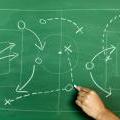
Sports statisticians, trainers and competitors create graphs, charts and diagrams to help them to analyse performance, inform training programmes or improve motivation. This activity encourages students to consider and analyse representations of data from a number of sports, and to discuss whether the right representation has been chosen for the purpose. It is aimed at secondary students (Key Stages 3 and 4).
-
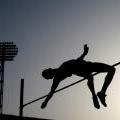
If you are training seriously for any sport then you are in the business of optimisation - doing all you can to enhance anything that will make you do better and minimise any faults that hinder your performance. John Barrow takes a look at how mathematics helps athletes optimise their performance in the high jump and pole vault in this article aimed at older students (Key Stages 4 and 5).
-
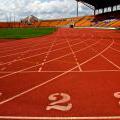
8 speed/time problems from Olympic athletics, rowing and cycling aimed at GCSE students (Key Stage 4). This activity encourages investigation and research for some parts of the questions, and gives students opportunities to construct and justify approximations and estimates.
-
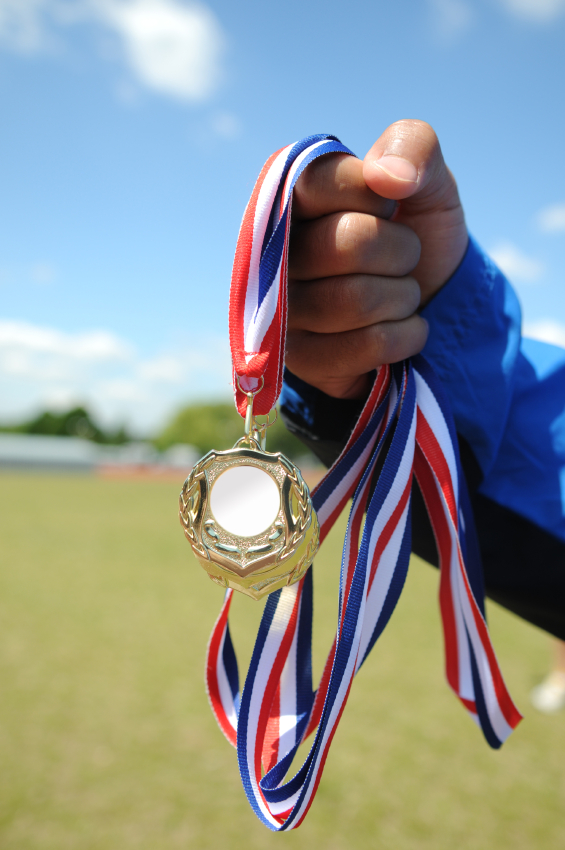
Can you use data from the 2012 London Olympics medal tables to decide which country has the most naturally athletic population? This data-handling activity encourages mathematical investigation and discussion and is designed to be accessible to secondary maths students at Key Stages 3 and 4.
-
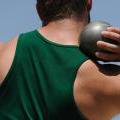
Does weight give shot putters an advantage? This activity encourages students to engage in statistical analysis, and is aimed at GCSE and A-level students (Key Stages 4 and 5).
-

The heptathlon consists of 7 athletics events. Looking at a heptathlete's current performance in these events, how should she plan her training schedule? This activity examines the maths behind the heptathlon's scoring system, and is aimed at GCSE students (Key Stage 4).
-

Squash isn't an Olympic sport (yet!) but it has an interesting scoring system. If you reach 8-all in a game of squash, when should you decide to play to 9 points rather than 10? This activity is a starting point for mathematical investigation, and is designed to be accessible to students at Key Stages 4 and 5.
-
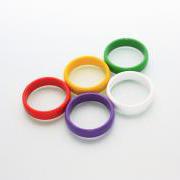
How would you write a LOGO program to approximately reproduce the Olympic Rings logo? This activity is designed to be accessible to students at all levels of secondary maths (Key Stages 3, 4 and 5).
-
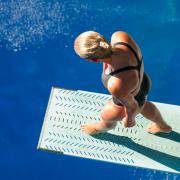
These project ideas explore moment of inertia and its consequences in a number of different sports including diving, gymnastics and cycling, and encourage investigation, experiment and discussion. This activity is aimed at higher level GCSE and A Level students (Key Stages 4 and 5).
-

Team games like football, hockey, basketball, handball and wheelchair rugby are played on pitches or courts of different sizes with different numbers of players. The density of players on the pitch plays a significant role in determining the nature of the game and how fast players need to react. This investigative activity challenges students to research information about a number of sports and to engage in mathematical modelling, and is aimed at higher level GCSE and A Level students (Key Stage 4 and 5).
These activities are based on maths usually encountered in secondary school while studying for GCSE at UK Key Stage 4 (ages 14 to 16). KS4 students may also enjoy some of our articles.

